Does Bleach Work in Hot Water?
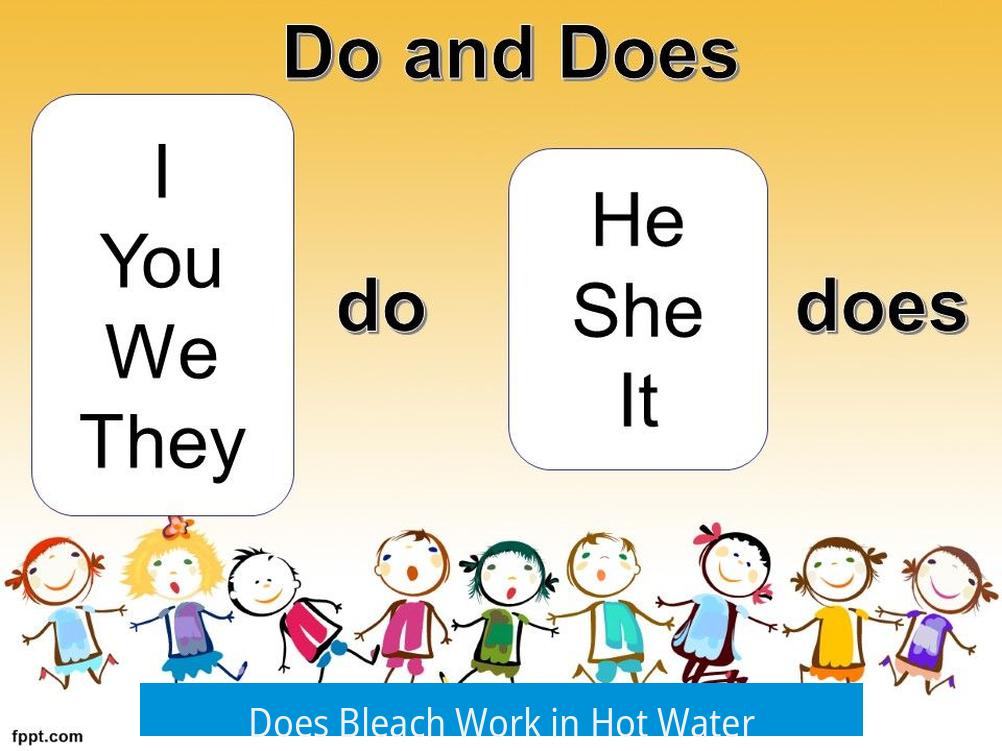
Bleach works in hot water but loses stability and effectiveness faster due to thermal decomposition and faster chemical breakdown. While higher temperatures increase its antimicrobial and bleaching action, they simultaneously reduce its longevity, requiring careful management of concentration and contact time.
Chemical Stability of Bleach in Hot Water
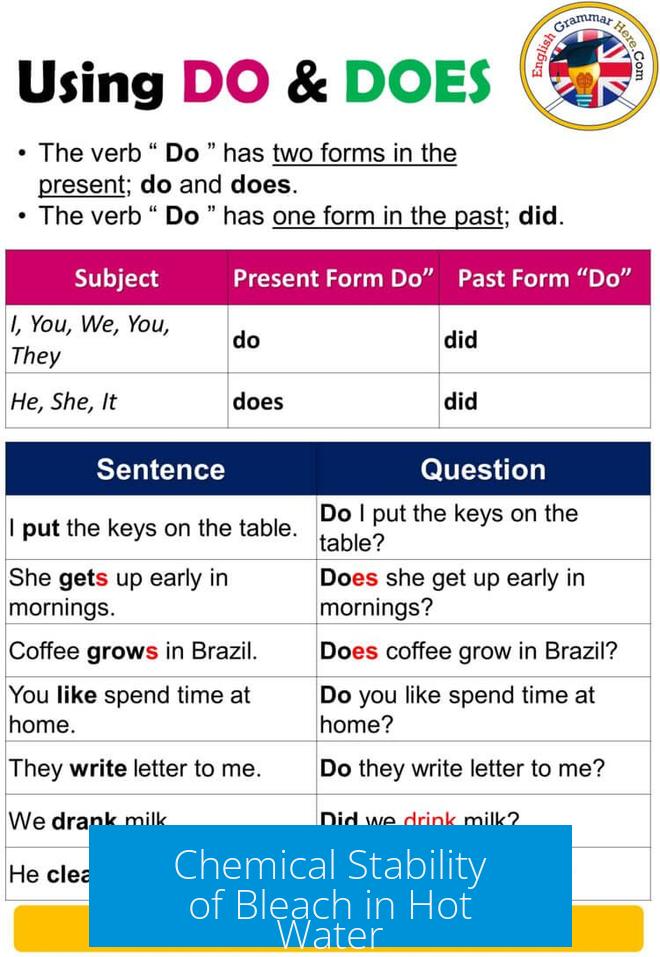
Bleach primarily contains sodium hypochlorite, which undergoes thermal decomposition when heated. This decomposition involves disproportionation reactions forming sodium chloride and sodium chlorate, reducing the active hypochlorite concentration.
- Hypochlorite stability decreases rapidly with temperature increase.
- According to the Arrhenius equation, every 10°C rise cuts bleach’s storage life in half.
- Other factors affecting stability include pH, concentration, and exposure to sunlight.
Effectiveness in Sterilization and Bleaching
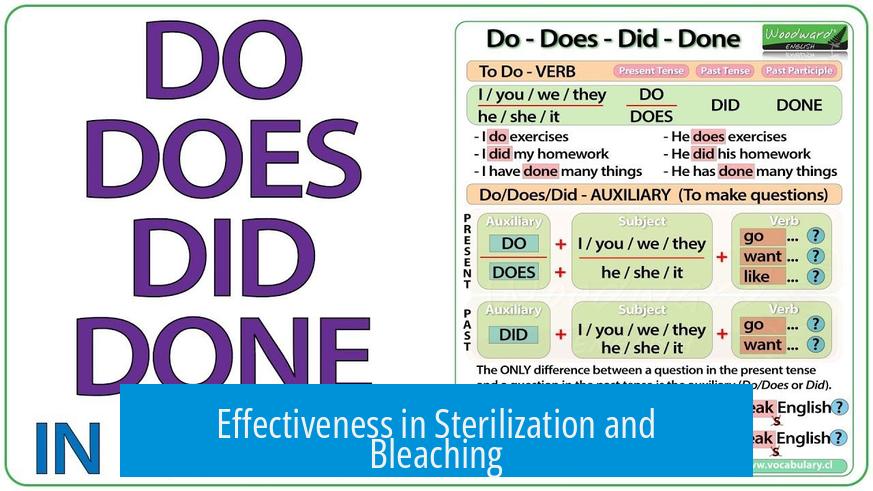
Heating bleach solutions enhances their antimicrobial effects because reaction rates increase with temperature, doubling approximately every 5°C up to about 60°C. However, above this point, bleach may evaporate before working effectively.
- Sterilization efficiency improves with heat but bleach decomposes faster.
- At 25°C, bleach may last 45 days in the dark but only 5 days in sunlight.
- Bleach works faster for bleaching in hot water but its active components degrade quickly.
Practical Considerations for Using Bleach in Hot Water

Using bleach in hot water requires balancing benefits and downsides. Faster action demands shorter contact times before the bleach breaks down.
- Inadequate contact time could render sterilization ineffective if bleach decomposes too quickly.
- Higher concentrations might compensate for rapid degradation but add cost and potential corrosiveness.
- Reading product labels is vital as manufacturers give usage temperature guidelines.
Solubility and Corrosiveness Factors

Bleach shows better solubility in cold water; hot water holds less sodium hypochlorite. Interestingly, chlorine’s corrosiveness decreases with temperature, making hot conditions somewhat safer for surfaces.
- Cold water dissolves more bleach but may slow action.
- Hot water speeds chemical reactions but reduces bleach’s lifespan.
- Overall, bleach “works” in hot water though not as long as in cooler conditions.
Reference Guidance
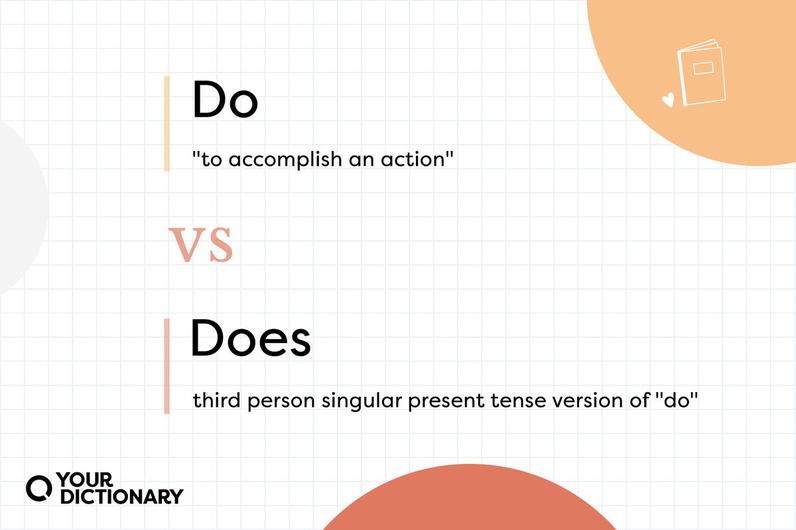
Manufacturers like Clorox recommend diluting bleach in cool water to preserve its strength. Mixing bleach with hot water can accelerate its loss of potency, affecting cleaning and disinfecting outcomes.
| Temperature | Effect on Bleach |
|---|---|
| Below 25°C | Longest stability, slower reaction |
| 25°C – 60°C | Increased antimicrobial activity, reduced half-life |
| Above 60°C | Rapid decomposition, evaporation |
Key Takeaways
- Bleach maintains disinfecting action in hot water but decomposes faster.
- Higher temperatures improve effectiveness but shorten bleach’s lifetime.
- Contact time must be sufficient but limited to prevent loss of activity.
- Solubility is better in cold water; corrosiveness decreases with heat.
- Follow product instructions regarding water temperature for safety and efficacy.
Does Bleach Work in Hot Water? Unpacking the Chemistry and Practical Reality
The short answer: Yes, bleach does work in hot water, but with some important twists you need to know. You might have heard people say hot water kills bleach’s power faster or that bleach enjoys cool water more than a summer beach day. The truth isn’t as simple as a yes or no. Let’s dive into the science and practical advice behind bleach and hot water that most folks won’t bother explaining.
Bleach’s Chemistry: A Delicate Balancing Act
Bleach, or sodium hypochlorite, is a bit of a diva in terms of stability. It doesn’t like too much heat, sunlight, or wrong pH levels. Its chemical makeup follows the Arrhenius equation quite obediently; as temperature climbs by about 10°C, bleach’s ‘storage life’ cuts in half. So, leave your bleach in hot water too long, and it starts self-destructing faster than you can sing “clean, clean, clean!”
Wanna geek out? When bleach heats up, a disproportionation reaction occurs. No, that’s not a fancy dance move but a chemical change where sodium hypochlorite splits into sodium chloride (table salt) and sodium chlorate. This reduces the available active chlorine—the part that kills germs and whitens your clothes.
Bottom line: bleach is effective at sterilization in warm environments but *decomposes* faster. This means higher temperature can boost bleach’s antimicrobial punch temporarily but also makes it disappear sooner. Presto: a double-edged sword.
Hot Water and Sterilization Power: Up to a Point
Believe it or not, bleach’s disinfecting power actually doubles for roughly every 5°C increase in water temperature — but only up to about 60°C (140°F). Beyond that, anything above a point, bleach starts boiling off before it can get its job done. So no scorch-the-germs ‘nuke’ strategy here.
Here’s a practical example on longevity: At a comfortable room temp of 25°C, bleach’s half-life may stretch as long as 45 days if kept in the dark, but shrink to just 5 days in bright sunlight. Imagine what hot water does! The half-life quickly tanks, making your bleach solution less effective if you don’t use it right away.
The Practical Side: Cleaning Fast but Smart
So you want to de-germ your bathroom or whiten those sheets faster. Hot water plus bleach sounds like a dream team, right? Yes, but there’s a catch. Because bleach degrades quicker in hot water, you have a narrow window to let it do its magic. If your surface cleaning only requires, say, 5 minutes of bleach contact, but your brave bleach breaks down in 4 minutes at 60°C, you’ve wasted your effort.
To make bleach and hot water work, timing is everything. You may need to increase the bleach concentration slightly or use freshly mixed bleach each time. Beware of going overboard though, as stronger bleach solutions can be corrosive or damage fabrics.
Interestingly, while bleach’s corrosiveness drops with heated water (meaning it’s kinder to materials and skin), its solubility actually decreases. Fact: bleach dissolves better in cold water, so your bleach bath in hot water might hold less active bleach than you think.
Stop, Read the Label! Labels Don’t Lie
You can trust product labels more than hearsay. Companies like Clorox offer guidance: generally, they advise mixing bleach with cool or lukewarm water (around 25-30°C) for laundry and cleaning. This ensures enough active hypochlorite stays stable and effective during use.
Before you pour bleach love into piping hot water from the kettle, check your product’s specific instructions. Some formulas may tolerate temperature variations better, while others might lose anti-germ oomph quickly.
Bleach in Hot Water: When to Use It?
- **For tough stains and whitening:** Hot water can speed up bleaching action. Perfect if you want quick results and plan to rinse or wash immediately.
- **For disinfecting surfaces:** Use warm water up to about 40°C but make sure to allow contact time less than bleach’s half-life at that temperature.
- **Avoid boiling hot water:** Above 60°C, bleach evaporates too fast to be effective. Plus, you risk hazardous fumes.
- **Adjust your bleach dose:** Since hot water degrades bleach faster, fresh mixtures and slightly stronger concentrations help maintain germ-killing action.
Wrapping It Up
Does bleach work in hot water? Absolutely! But it’s a balancing act between effectiveness and longevity. Heat amps bleach’s sterilizing power but also cuts its lifespan drastically. Cold water is a safer bet for longer-lasting solutions, while warm-to-hot water suits rapid stain removal and quick disinfecting jobs.
In essence, think of bleach and hot water as partners who dance a fast, intense tango—not a slow waltz. Use the right temperature for the right purpose and time your cleaning like a pro. So next time you scrub down with bleach, remember: hot water speeds things up but don’t blink… or your bleach might vanish before it’s done.
If curiosity lingers, check out Clorox’s official guide on bleach and water temperature. It’s always wise to get the expert play-by-play before your next cleaning spree.



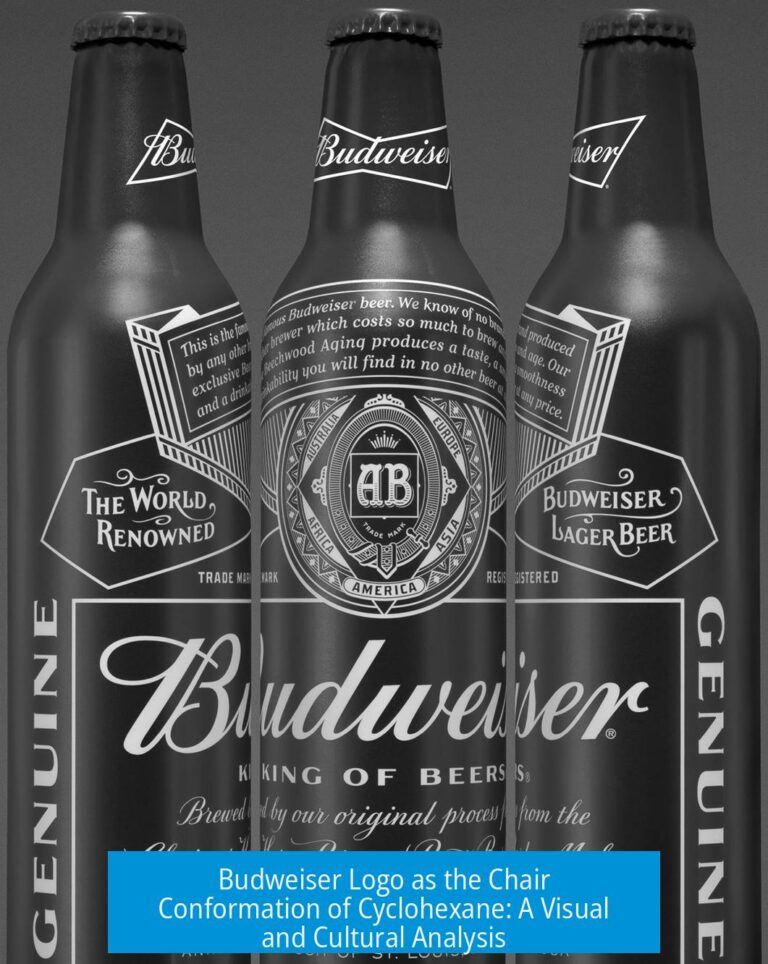
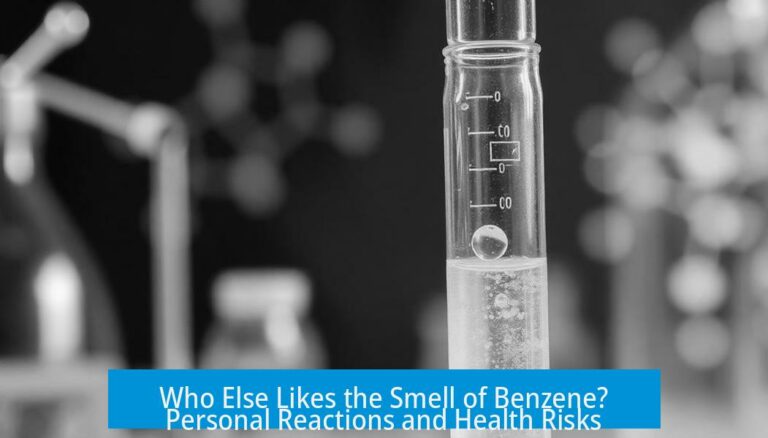
Leave a Comment